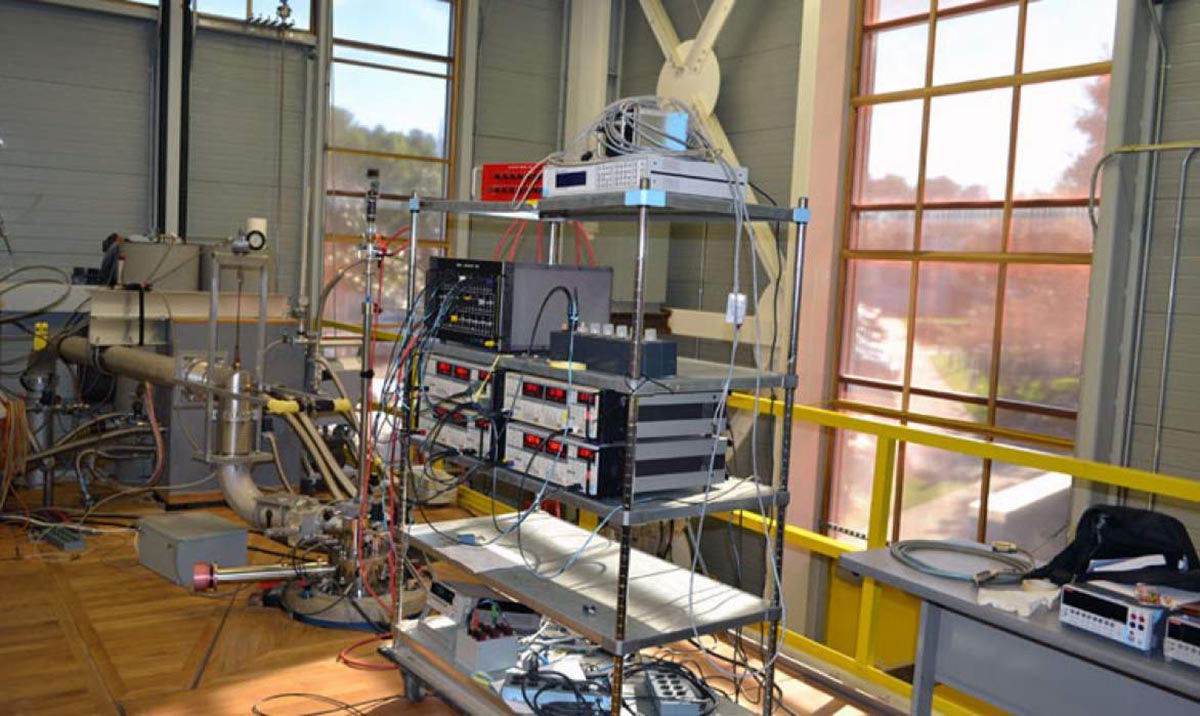Crafting a Faraday Cage for Camping Excursions: Advice and Techniques
When think about camping trips, your mind may wander to the great outdoors, campfires, and the pure pleasures of nature. But, in our increasingly technology-driven world, the question often arises: how do you safeguard your electronic devices from unexpected threats? https://notes.io/wLtZV that can provide peace of mind is a Faraday cage. In the beginning designed to protect against electromagnetic fields, a Faraday cage can be an indispensable asset while you're out in the wild, safeguarding your gadgets from everything from extreme weather to potential electromagnetic disturbance.
In this guide, we will cover key tips and tricks for creating a Faraday cage customized to your camping needs. From grasping the fundamental workings of these defensive enclosures to selecting the ideal materials and sizes for your specific requirements, we've got you covered. Whether you are thinking about a compact setup for easy transport or a more permanent option, knowing how to ensure maximum shielding effectiveness will help you make informed decisions. Follow along as we delve into the world of Faraday cages and learn how to safeguard your electronics while enjoying the great outdoors.
Understanding Faraday Shields
A Faraday cage is a design engineered to block electromagnetic interference, providing a barrier for sensitive gadgets from a variety of EMI. Named for the scientist Michael Faraday, these cages function on the concept that an outside electric field is eliminated by the distribution of electric charges on the material. The result is a safe enclosed area that can protect against a variety of electromagnetic risks, including radio frequency signals and EMP attacks.
The effectiveness of a Faraday cage is influenced by its material and design. click here for more info used include elements like copper metal, aluminum metal, and steel metal, which are outstanding conductors of electricity. Each material has its strengths, determining how efficiently it can block different frequencies. Regardless of whether it's a solidly built or mesh structure, the material selection greatly affects the cage's efficacy and the degree of safety it offers. Grasping these features can be vital when designing a Faraday cage for particular requirements.
In alongside protective features, dimensions and structure are important elements to consider when utilizing a Faraday cage. A cage that is too small may not hold all required equipment, while one that is too large can be ineffective in terms of room and components. Portable options are offered for those who frequently travel, while permanent designs might be better for residential settings or emergency preparedness. Understanding the intended application of the cage helps in making wise choices that ensure maximum safety for your devices.
Main Characteristics and Components
In choosing a Faraday cage, it is essential to consider its key features to ensure effective electromagnetic shielding. Look for cages that are intentionally built to block different frequencies, including those from electromagnetic pulses. These cages should have a secure closure to prevent gaps where signals could leak in. Additionally, convenient access is crucial—be it via openings, ports, or removable panels—allowing you to store and retrieve your electronics without jeopardizing the cage's effectiveness.
The material plays a crucial role in the performance of a Faraday cage. Materials like copper, aluminum, and steel are among the top picks due to their excellent conductivity. Copper offers top-tier protection but can be costlier, while aluminum is lightweight and cost-effective. Steel, being robust, provides a balance between strength and performance. Consider the specific requirements of your camping trip to choose the suitable metal that fits your needs without adding unnecessary weight to your gear.
Finally, the design and construction of the Faraday cage matter just as much as the materials used. A sturdy cage might offer more robust protection, while mesh cages may be lighter and portable. Each type has its pros and cons depending on your intended use. If you are often on the go, look for a foldable design that allows you to carry it with ease. Ultimately, grasping the mix of features and materials will help you choose the best Faraday cage for your camping trips and the devices you wish to protect.
Practical Considerations for Use
When you are employing a Faraday cage during camping trips, it’s important to think about its transportability. A lightweight and streamlined design allows it easier to transport with your gear, making certain that you can install it quickly no matter your location. Select a model that can be conveniently collapsed or taken apart. If you are going camping in isolated areas, having a cage that is both portable but also resilient against the elements will significantly improve your experience.
Another key factor is the storage of your gadgets within the cage. Make sure that devices are adequately cushioned to protect them from damage during transport. Using static-resistant bags in conjunction with your Faraday cage can give extra protection against static electricity. Keep in mind the number of devices you place inside, as a high density of devices may impair the performance of the shielding due to inadequate spacing.
Lastly, testing as well as maintaining your Faraday cage is essential for confirming it provides the best protection. Regular checks for any evidence of wear or damage will assist keep your gear in optimal condition. Prior to relying on it for significant trips, conduct tests to verify its ability in shielding against signals to ensure that your devices are secure from external electromagnetic interference. By considering these useful factors, you’ll be well-prepared for your next camping adventure.
